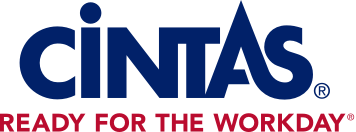Understanding Required Code: the NFPA, your AHJ, and your Insurance Company
There are three regulatory bodies that impact the specific code applicable to your facility—the NFPA, your AHJ, and your insurance company.
The National Fire Protection Association, or NFPA, is an international non-profit organization that develops and publishes fire protection codes and standards to which businesses are held. The intent of the codes set by the NFPA is to minimize the risk of fire and its effects.
Your facility’s authority having jurisdiction, or AHJ, is the organization responsible for enforcing the codes and standards set by the NFPA. Often a fire marshal, AHJs vary in their strict adherence to code and their level of enforcement. Many jurisdictions have codes in place that go beyond those set by the NFPA, so it is important to partner with a fire protection provider that understands the specific regulations.
Finally, your insurance policy has an effect on the fire protection rules and regulations you must follow. Many insurance companies include fire protection requirements in their policies that go above and beyond the local minimum requirements. Should a fire occur and these requirements are not met, you will be viewed as negligent and your insurance company will not cover the damage caused by the fire.
CINTAS CAN HELP KEEP YOUR BUSINESS READY™
- On-site assessment to discuss fire protection solutions for your business*
- Customized service dates that fit your busy schedule*
- Routine testing, inspection and maintenance of your fire protection equipment*
*Certain services may not be available in all market
